Having received an exceptional number of submissions, the final shortlist for Austria. The Art of Discovery has been decided. The competition, organised by British Journal of Photography in collaboration with the Austrian National Tourist Office, will give one of these photographers the opportunity to visit Austria and create a body of work that captures the culture, communities and creativity they encounter.
The winner will travel to the country for one week and explore the regions of Linz, in Upper Austria, and Vorarlberg. The resulting project will be published on BJP and by the Austrian National Tourist Office. There will also be an opportunity for the selected photographer to exhibit at Photo London 2018, alongside a group exhibition of contemporary Austrian photography.
Below, we present the eight shortlisted photographers and their submitted work. Look out for the announcement of the winner later this week.
Anya Broido
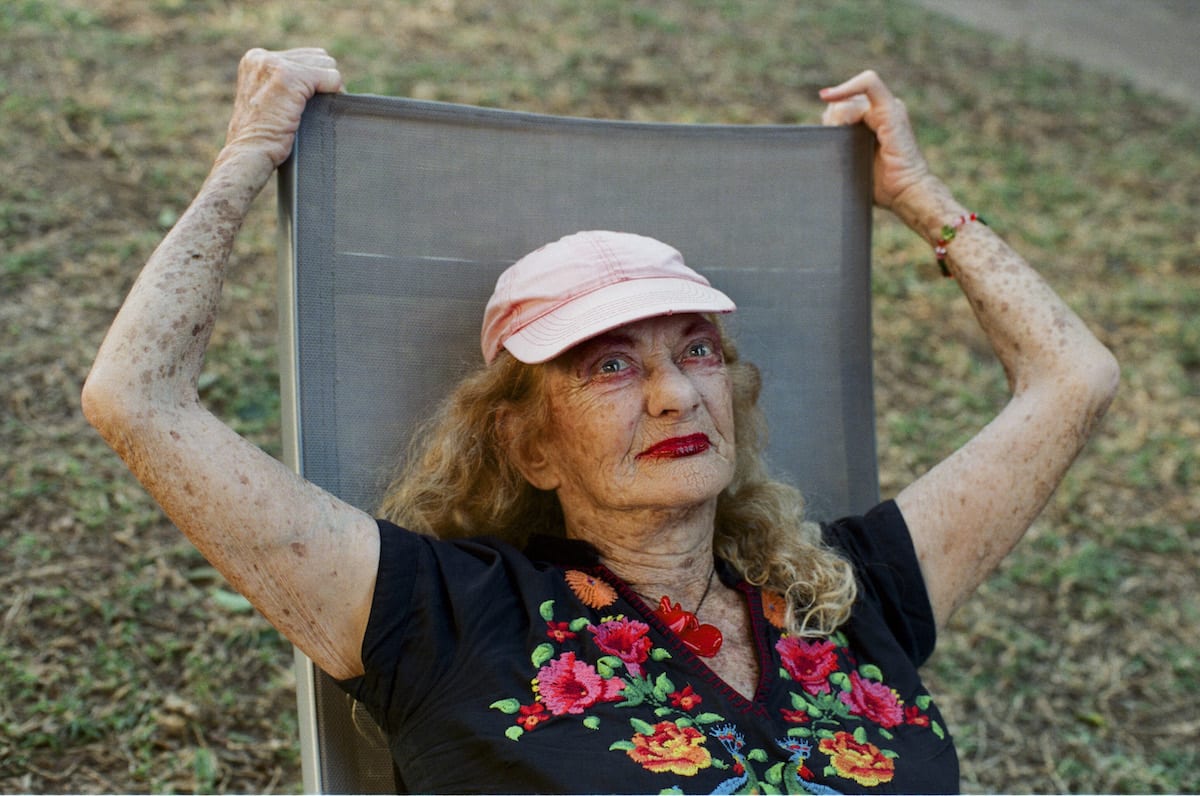
Anya Broido is a London-based photographer whose work spans portraiture, fine art and documentary photography. Her practice is primarily focused on urban cultures. Broido is currently working on two projects, Soho Nights and Skin of the City. Soho Nights is a series, completed over three years, which examines the underbelly of Soho’s nightlife. Skin of the City considers the contrast between young and old in the evolving metropolis of Tel Aviv.
Broido’s submission includes a selection of portraits from her series Skin of the City. “Usually, it is the elderly communities in cities who are the ultimate outsiders, in Tel Aviv, however, old people stand out,” she says. “In Tel Aviv the skin of the elderly has become a metaphor for the city: a site of trauma and change, of toughness and vibrancy, of similarity and difference.”
Nicholas JR White
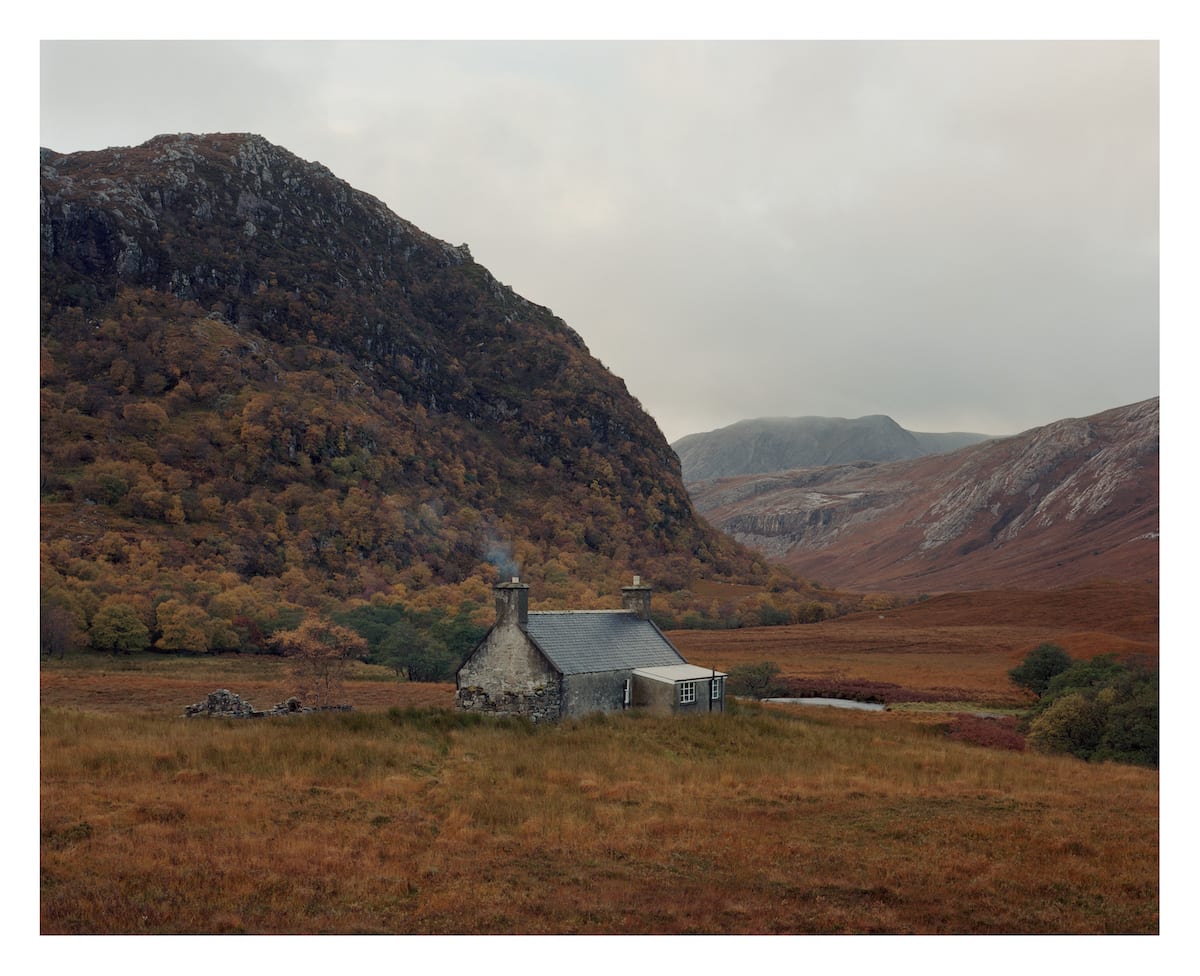
Nicholas JR White is a photographer based in the south west of England. Through fusing images of the land with still-lifes and portraiture, his work examines our relationship with landscape and the ways in which we interact with natural spaces. His debut monograph, Black Dots was published by Another Place Press at the beginning of 2018.
White’s submitted images are taken from Black Dots: an exploration of mountain bothies and bothy culture throughout the United Kingdom. Bothies are secluded mountain shelters scattered across the British Isles, located far from civilisation. Unlocked and free to use, they provide a refuge from the vast terrain that surrounds them and have become an iconic feature of the British landscape over the past 50 years. “The work captures both the beauty of the bothies and the landscapes they sit within” says White. “It also documents the faces of those who trek for hours to temporarily inhabit these spaces, many miles from the nearest settlements.”
Catherine Hyland
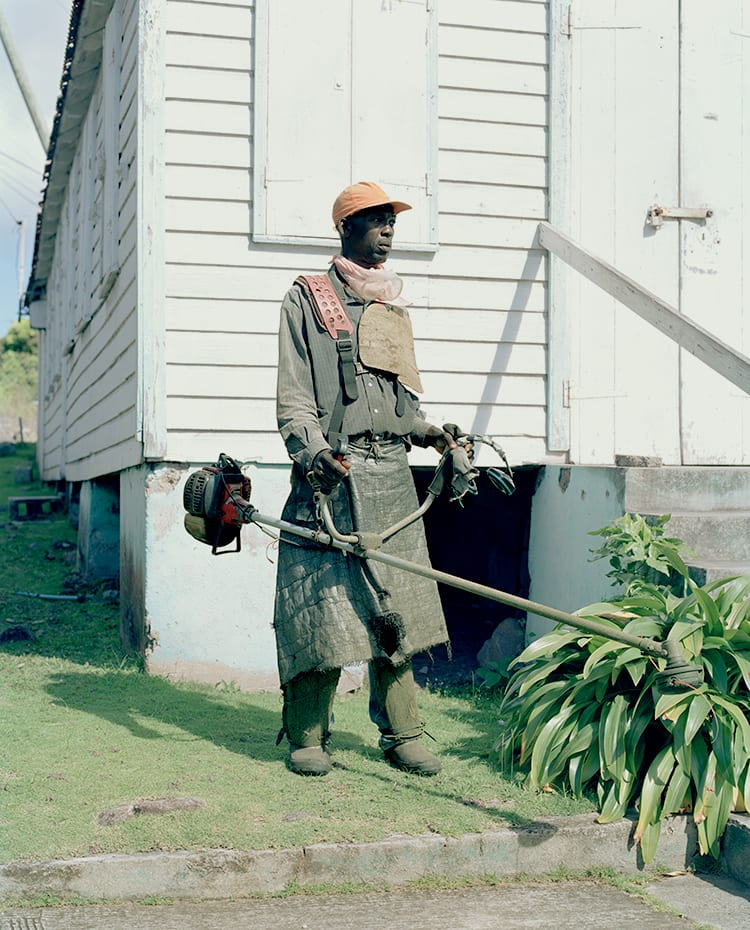
The work of London-based photographer Catherine Hyland is primarily landscape-based, rooted in notions of fabricated memory, grids, enclosures and national identity. Hyland graduated from Chelsea College of Art with a degree in Fine Art and completed her Masters at the Royal College of Art in 2011.
Hyland’s submitted images are drawn from her projects Universal Experience and Wait-And-See Pudding with Patience Sauce. Universal Experience explores scenes of epic beauty, which have undergone development to become tourist destinations around China and Mongolia. “Tackling themes of nostalgia and abandonment, the series captures the intertwining of natural beauty with the artificially engineered viewpoints from which people choose to observe and remember it,” she says. Wait-And-See Pudding with Patience Sauce documents inhabitants on the island of Nevis in the Caribbean. Although very small, Nevis has grand ambitions to become one of the world’s first carbon-neutral nations.
Sem Langendijk
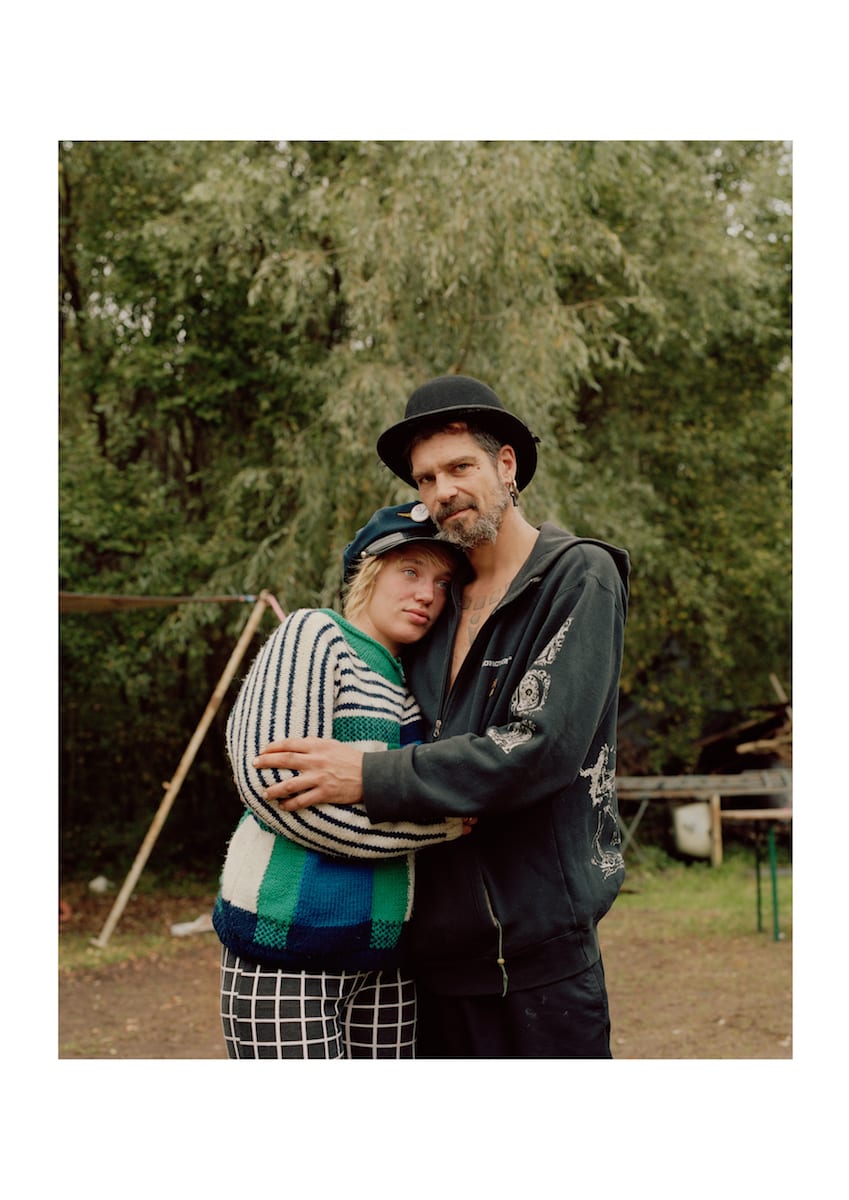
Sem Langendijk is a documentary photographer with an interest in communities, their habitats, the urban environment and spatial arrangements. His research involves examining the identity of a place, the impact communities have on their environments, and how space functions within the landscape. Langendijk shoots on large and medium format cameras, and aims to imbue his subjects with a certain tranquility.
Langendijk’s submitted works are from a number of projects, all site-specific and all embodying the photographer’s interest in the landscape and its inhabitants. “The images are a mix of landscapes, portraits and shots of the environment,” he says “through these, I intend to showcase a connection between the identity of a place and the people living there.” All the photographs are from personal projects, but reflect Langendijk’s preoccupation with documenting natural and urban environments, and the communities inhabiting them.
Lara Faria Jacinto
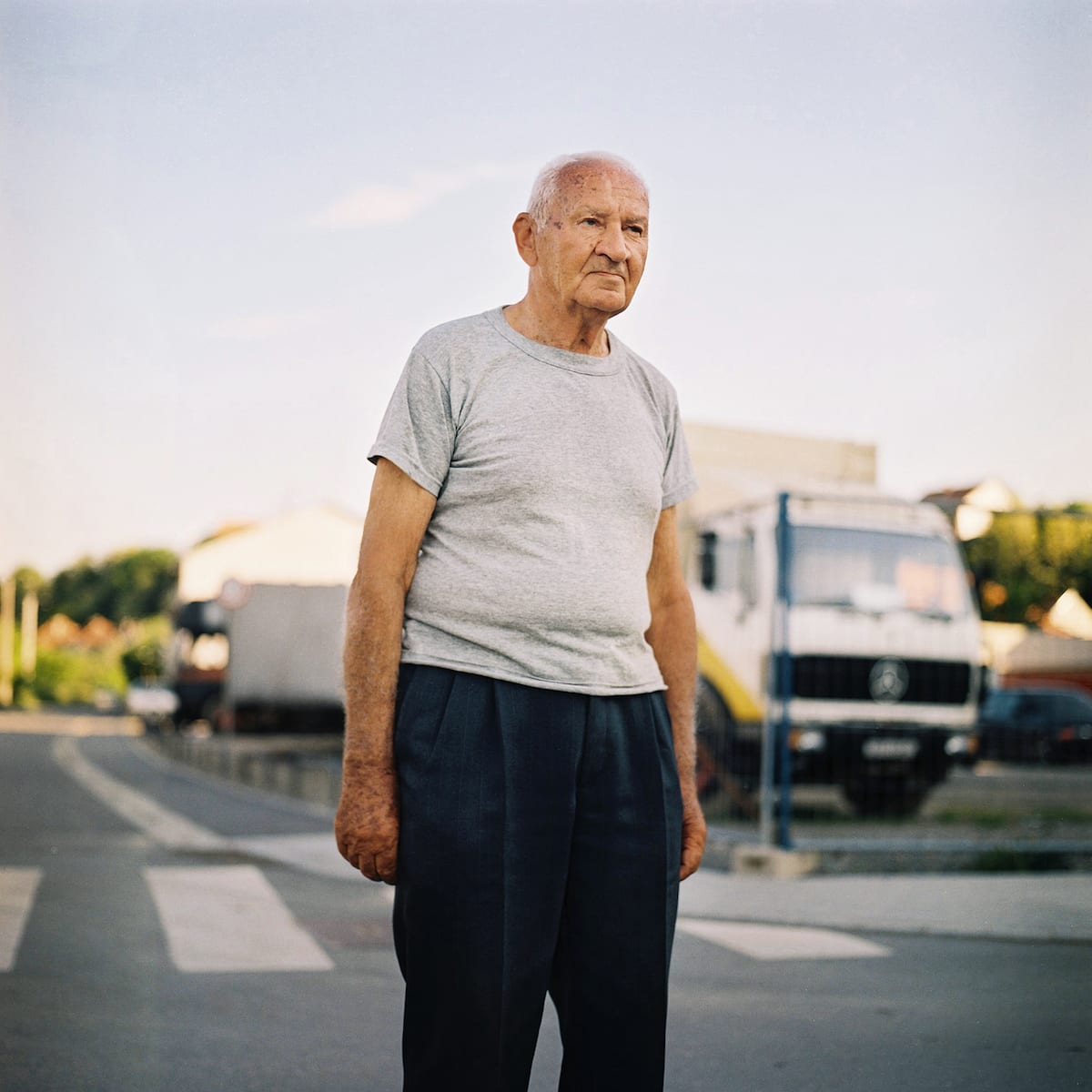
Lara Faria Jacinto is a freelance photographer who lives and works in Porto. Jacinto’s projects address an array of contemporary subject-matter, often focusing on social and territorial issues. She regularly works on commissioned projects for a variety of institutions and publications and co-founded the experimental research platform, COLECTIVO, in 2015.
Jacinto’s submitted images are taken from her project Blur, which explores the complexities of everyday life in the countries surrounding the Adriatic. “Blur seeks to show how repeated border changes have obscured the cultural distinctions between different regions” says Jacinto. “The project explores the disparity between political borders and the shared identities that override them.”
Pablo Lerma
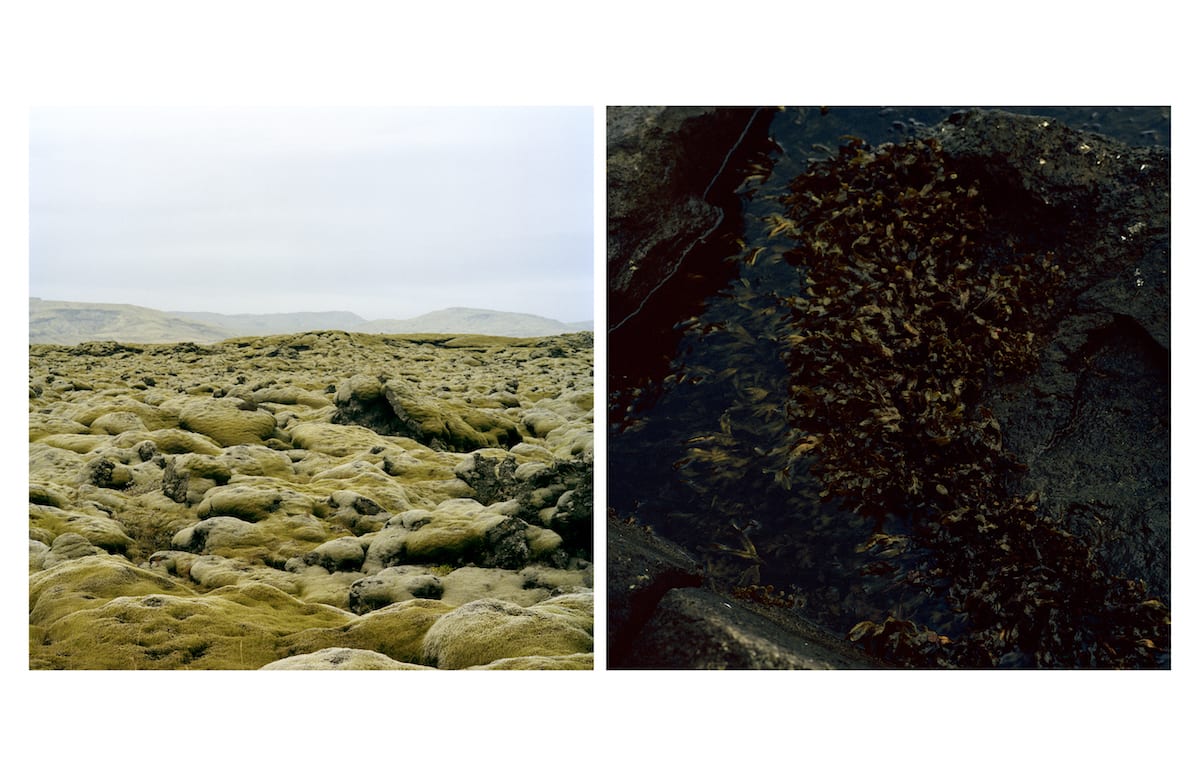
Pablo Lerma is an image-based artist living in New York. His practice involves researching and collecting photographs, maps, drawings, illustrations, and geological material, which address a range of concepts including time, change, erosion and extinction. Lerma’s work takes on various forms, from installations to publications.
Lerma’s submission encompasses selects from A Place to Disappear, a visual, research-based project that explores man’s absence from the primitive landscape of Earth. “A Place to Disappear imagines a near future, where humans will once again disappear from this planet and return to Earth centuries later,” explains Lerma. “The project focuses on the traces of utopian landscapes, which are undergoing transformation and extinction, and combines them with vernacular photographs from 19th century expeditions, which documented the same locations.” Through these juxtapositions, the series collapses space and time in a way that reflects the relationship between the archive and human memory.
Chris André Aadland
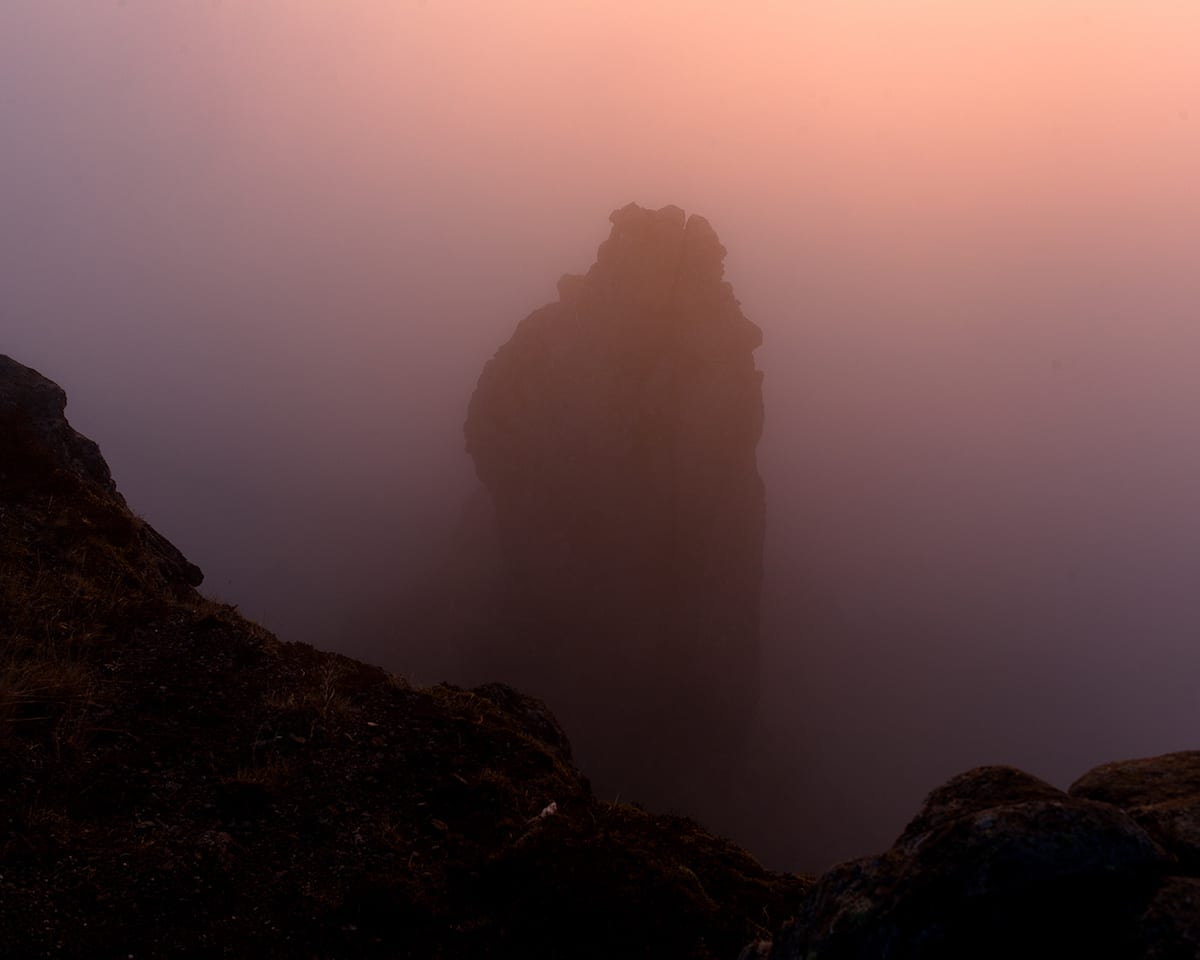
The work of Norway-based photographer Chris André Aadland explores the way identity is formed and the myths that structure it. Aadland is interested in investigating existing visual representations that reinforce mythologies, while also exploring local cultures and communities.
Aadland’s submitted works are taken from The Village Beneath the Mountain. “This project depicts Thingeyri, a small village with a population of 200 inhabitants in the north west of Iceland and the surrounding landscape,” says Aadland. “It is an attempt to reveal the relationship between local folklore and the social structure of the village.”
Luis Lazo
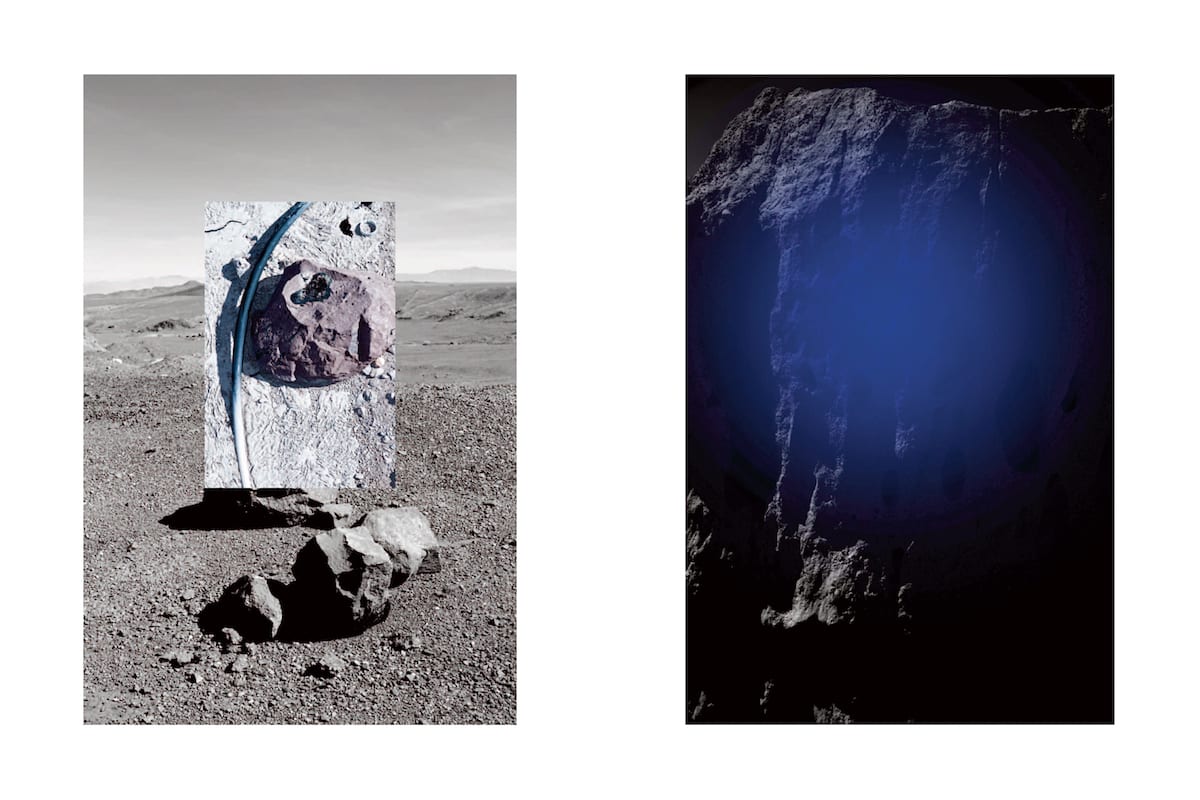
The work of Miami-based photographer Luis Lazo interweaves personal memories, landscapes and portraits to reveal stories of shared experiences in a reflective and moving manner, capturing the relationship of the human subject in time and history. Concerned mainly with the fragility of time and memory, Lazo’s main consideration is to engage and record the silent and fleeting nature of these little moments.
Lazo’s submitted work is drawn from a deeply personal project. “On 19 October 1973, following a military coup, 26 people were executed by army troops near the mining town of Calama in the north of Chile. Their bodies were then buried in the desert along the desolate road to San Pedro de Atacama,” says Lazo. “Many years later, this was the spot that I chose to begin a journey of personal discovery and use as a way to reconnect with the country I was forced to leave as a seven-year-old child.”
Austria. The Art of Discovery is a British Journal of Photography commission made possible with the generous support of the Austrian National Tourist Office. Please click here for more information on sponsored content funding at British Journal of Photography.

